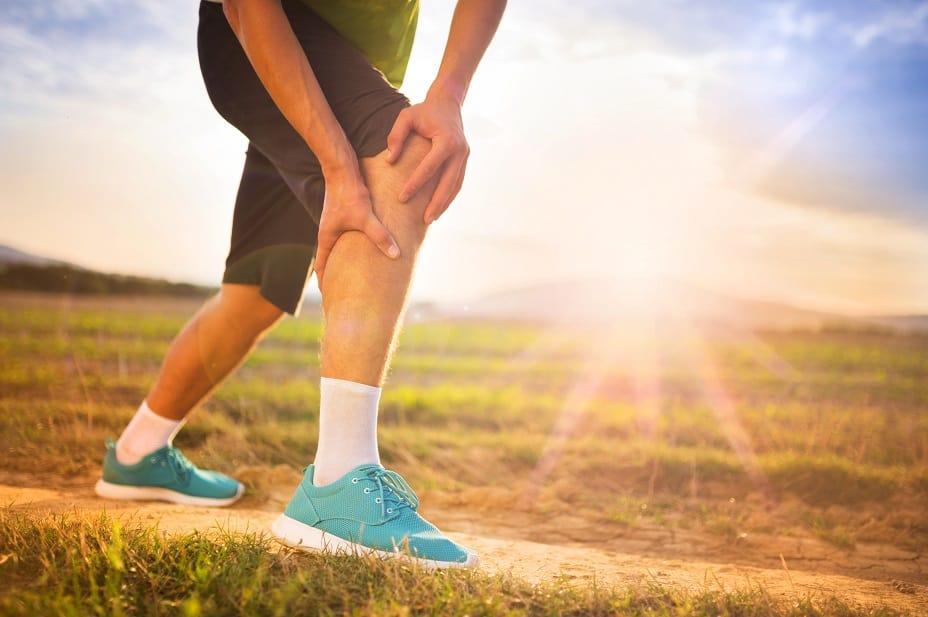Testosterone is often associated with masculinity, but its role extends far beyond muscle mass and libido. Before diving into the impact of exercise, it’s essential to understand the basics of testosterone.
Produced primarily in the testes in men and the ovaries and adrenal glands in women, testosterone is a key hormone involved in muscle growth, fat metabolism, energy levels, libido, and cognitive function. Testosterone levels naturally decline with age, but lifestyle factors, such as diet, exercise, and stress management, can influence its production and function.
One of the most effective ways to naturally optimize testosterone levels is through exercise. In this blog, we’ll explore the fascinating relationship between exercise and testosterone, and how physical activity can help enhance hormonal health and well-being.
Role of testosterone in the body:
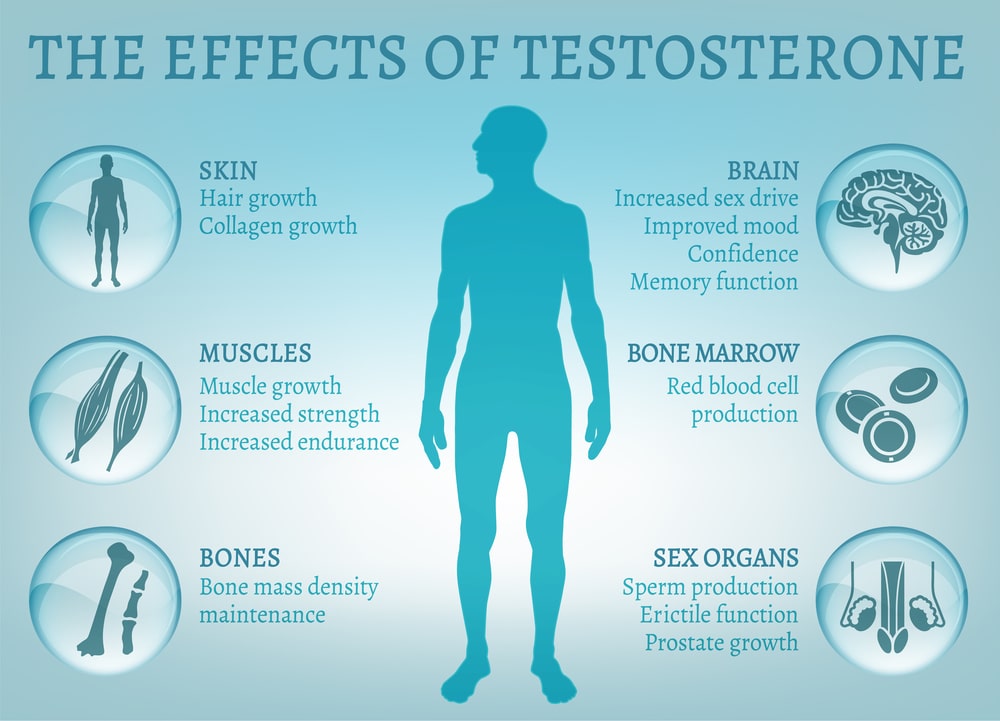
Testosterone plays a crucial role in various physiological processes in both men and women. Here are some key functions of testosterone in the body:
- Development and Maintenance of Reproductive Tissues: Testosterone is responsible for the development and maintenance of reproductive tissues in males, including the testes and prostate gland. It promotes the production of sperm and supports fertility.
- Development of Secondary Sexual Characteristics: During puberty, testosterone drives the development of secondary sexual characteristics in males, such as facial and body hair growth, deepening of the voice, and increased muscle mass and bone density.
- Libido and Sexual Function: Testosterone is closely associated with libido (sex drive) and plays a significant role in regulating sexual function and performance in both men and women.
- Muscle Growth and Strength: Testosterone promotes protein synthesis and the growth of skeletal muscle tissue. It contributes to muscle mass, strength, and physical performance. It has been proved that exercise and testosterone make it even better.
- Bone Health: Testosterone helps maintain bone density and strength. Low levels of testosterone are associated with an increased risk of osteoporosis and bone fractures.
- Fat Distribution: Testosterone influences fat distribution in the body. Higher testosterone levels are associated with reduced body fat, particularly in the abdominal region.
- Cognitive Function: Testosterone plays a role in cognitive function, including memory, attention, and spatial abilities. Low testosterone levels have been linked to cognitive decline and mood disturbances.
- Energy Levels and Mood Regulation: Testosterone influences energy levels, mood, and overall sense of well-being. Low testosterone levels may contribute to fatigue, depression, irritability, and decreased motivation.
- Cardiovascular Health: Testosterone has cardiovascular effects, including dilation of blood vessels and regulation of blood pressure. Low testosterone levels are associated with an increased risk of cardiovascular disease.
- Metabolic Function: Testosterone plays a role in metabolism, including the regulation of insulin sensitivity and glucose metabolism. Low testosterone levels may contribute to insulin resistance and metabolic syndrome.
What lowers testosterone?
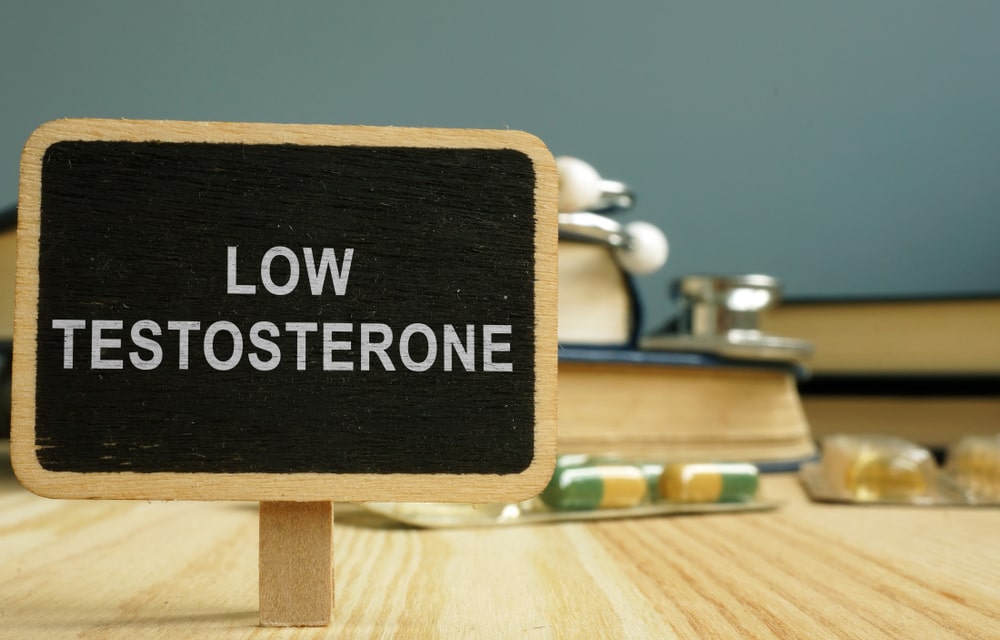
Several factors can lower testosterone levels in both men and women. Here are some common ones:
- Age: Testosterone levels naturally decrease with age, typically starting around age 30. This decline is gradual but becomes more significant as individuals age.
- Stress: Chronic stress can lead to elevated levels of cortisol, a stress hormone, which can suppress the production of testosterone.
- Lack of Sleep: Poor sleep quality or insufficient sleep can lower testosterone levels. Testosterone production primarily occurs during sleep, especially during the REM stage.
- Obesity: Reduced testosterone levels are linked to excess body fat, especially belly fat. Additionally, obesity can result in diseases like insulin resistance, which further reduces the synthesis of testosterone.
- Alcohol Consumption: Heavy alcohol consumption can decrease testosterone levels by affecting the Leydig cells in the testes, which are responsible for testosterone production.
- Medications: Certain medications, such as corticosteroids, opioids, and some antidepressants, can lower testosterone levels as a side effect.
- Chronic Illness: Chronic diseases like diabetes, HIV/AIDS, and kidney disease can lower testosterone levels.
- Endocrine Disorders: Conditions affecting the pituitary gland or hypothalamus, such as hypogonadism, can interfere with testosterone production.
- Chemotherapy or Radiation Therapy: Cancer treatments like chemotherapy or radiation therapy can damage the cells that produce testosterone, leading to decreased levels.
- Environmental Toxins: Exposure to certain environmental toxins like pesticides, heavy metals, and endocrine-disrupting chemicals (EDCs) may interfere with testosterone production.
- Sedentary Lifestyle: Lack of physical activity or exercise is associated with lower testosterone levels.
- Nutritional Deficiencies: Inadequate intake of essential nutrients like zinc, vitamin D, and omega-3 fatty acids can negatively impact testosterone production.
What foods increase testosterone?
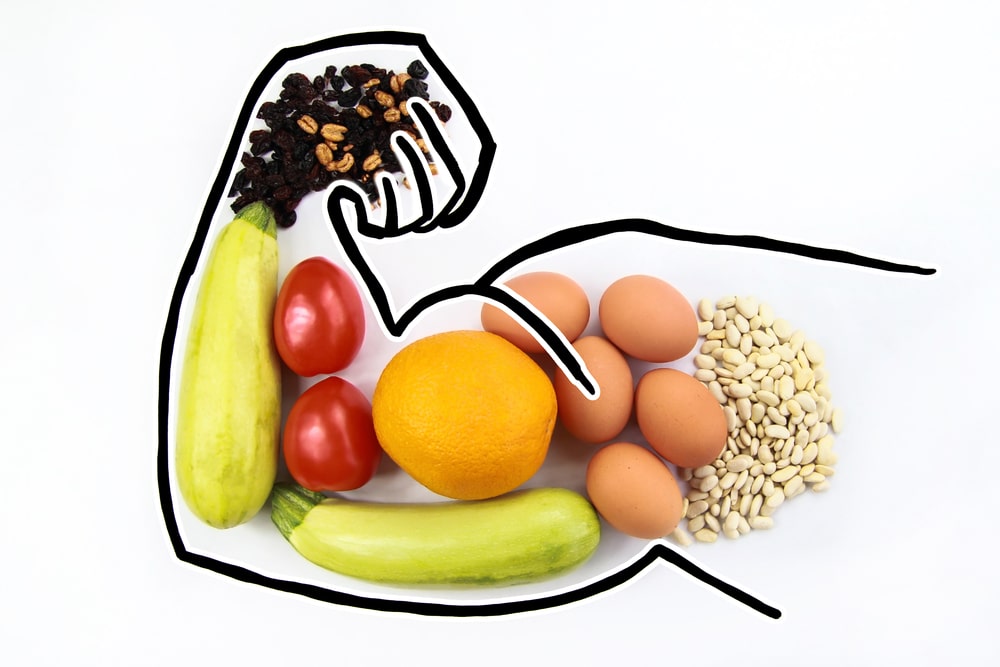
Certain foods are responsible for an increase in testosterone levels. Here is the list:
- Lean Meats: Poultry, beef, and pork are good sources of protein and zinc, both of which are important for testosterone production.
- Fish: Fatty fish like salmon, mackerel, and sardines are rich in omega-3 fatty acids, which are associated with higher testosterone levels. They also provide vitamin D, another nutrient important for testosterone production.
- Eggs: Eggs are a good source of protein, vitamin D, and cholesterol, which is a precursor to testosterone synthesis.
- Shellfish: Shellfish such as oysters, crabs, and shrimp are high in zinc, which is essential for testosterone production and maintaining healthy sperm levels.
- Nuts and Seeds: Almonds, walnuts, pumpkin seeds, and chia seeds are rich in zinc, magnesium, and omega-3 fatty acids, all of which support testosterone production.
- Vegetables: Cruciferous vegetables like broccoli, cauliflower, and Brussels sprouts contain indole-3-carbinol, which may help reduce estrogen levels, potentially increasing the relative concentration of testosterone.
- Legumes: Beans, lentils, and chickpeas are good sources of protein and zinc, both of which are important for testosterone production.
- Fruits: Some fruits like bananas, avocados, and berries are rich in nutrients like potassium, magnesium, and vitamin B6, which support overall hormonal health.
- Healthy Fats: Olive oil, coconut oil, and avocados contain monounsaturated fats, which are beneficial for testosterone production. Additionally, including moderate amounts of saturated fats from sources like butter and full-fat dairy may also support testosterone levels.
- Whole Grains: Whole grains like oats, quinoa, and brown rice provide complex carbohydrates and fiber, which can help regulate insulin levels and support overall hormonal balance.
Exercise And Testosterone:
Which exercises increase testosterone?
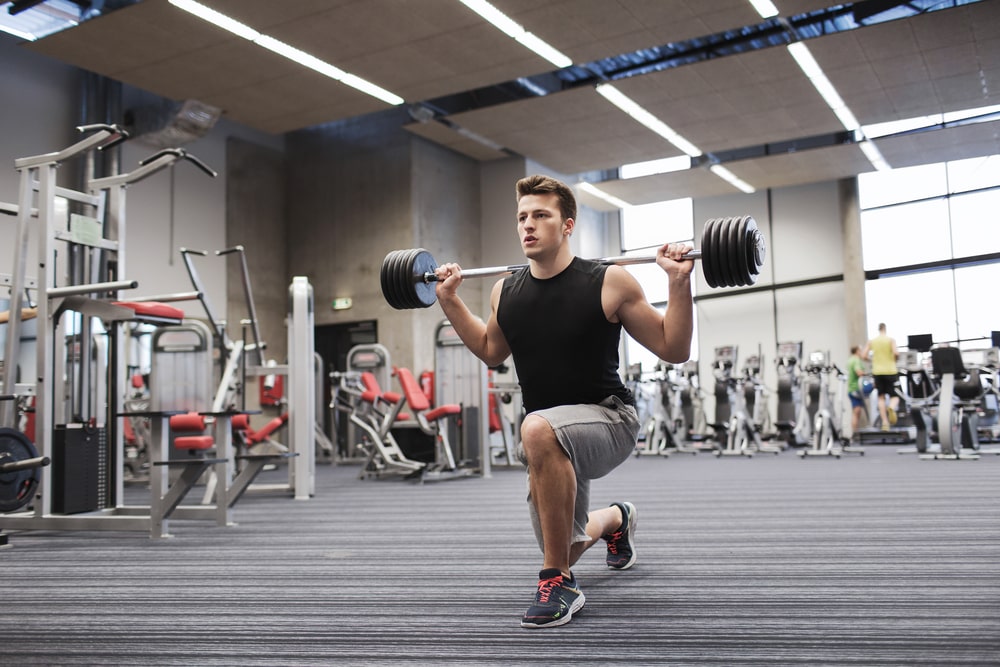
Does exercise increase testosterone? Yes, exercise and testosterone work magic, particularly certain types of physical activity, have been shown to increase testosterone levels in both men and women.
It’s important to note that while exercise can increase testosterone levels, individual responses may vary based on factors such as age, sex, fitness level, and overall health. Additionally, the duration, intensity, and frequency of exercise can influence the magnitude of the testosterone response.
Here are some of the exercises that help increase the testosterone in the body:
- Compound Lifts: Exercises that involve multiple muscle groups and large muscle masses tend to have a greater impact on testosterone levels. Examples of compound lifts include squats, deadlifts, bench presses, and pull-ups.
- Heavy Resistance Training: Lifting heavy weights at a high intensity stimulates the release of testosterone and growth hormone. Aim for sets with challenging weights and low to moderate repetitions (e.g., 5-8 reps per set).
- High-Intensity Interval Training (HIIT): HIIT workouts involve alternating between short bursts of intense exercise and brief periods of rest or low-intensity activity. This type of training has been shown to increase testosterone levels and improve overall fitness.
- Sprints: Short, intense sprinting sessions can also boost testosterone levels. Sprinting engages large muscle groups and activates the body’s fight-or-flight response, leading to an increase in testosterone production.
- Jumping Exercises: Plyometric exercises like box jumps, jump squats, and burpees can help increase testosterone levels by stimulating fast-twitch muscle fibers and promoting explosive power.
- Olympic Lifts: Olympic lifts such as the clean and jerk and the snatch require explosive strength and coordination. These lifts engage multiple muscle groups simultaneously, leading to a surge in testosterone production.
- Resistance Band Exercises: Resistance band exercises can be an effective way to add variety to your workout routine and stimulate testosterone production. Exercises like band squats, band rows, and band chest presses can be performed with resistance bands.
- Short Rest Periods: Limiting rest periods between sets can help maintain elevated testosterone levels throughout your workout. Aim for rest periods of 60 seconds or less to keep the intensity high and testosterone levels elevated.
- Full-Body Workouts: Incorporating full-body workouts that target multiple muscle groups in each session can maximize testosterone production. Focus on compound movements and exercises that recruit large muscle masses.
- Progressive Overload: Continuously challenging your muscles by gradually increasing the weight, intensity, or volume of your workouts can stimulate testosterone production and promote muscle growth.
Which exercises decrease testosterone?
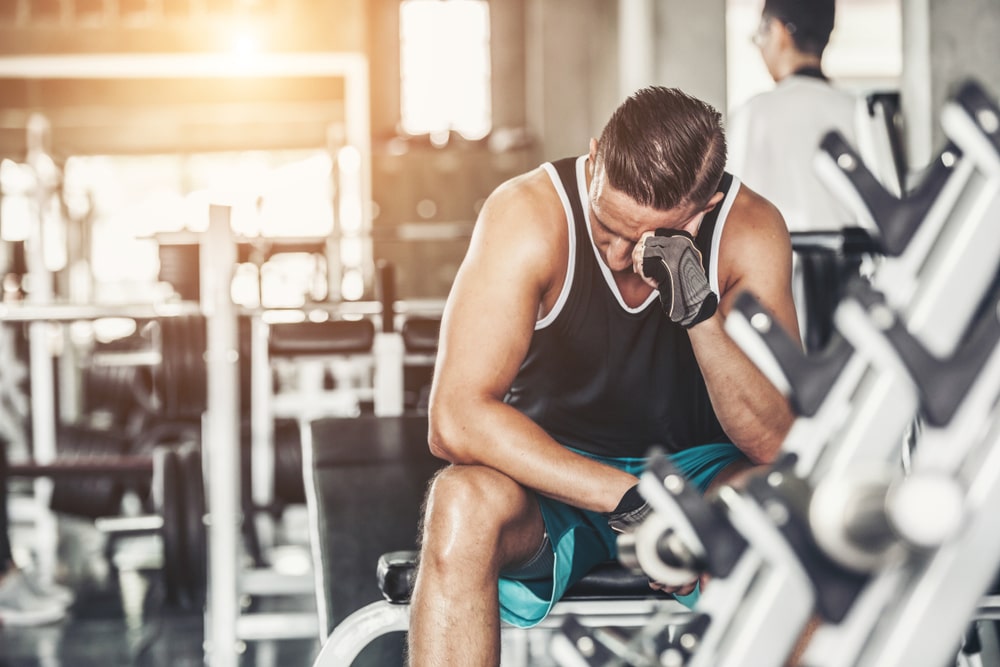
There is a relationship between exercise and testosterone. But, there are some of the exercises that can decrease the levels of testosterone making exercise and testosterone: a mindful game.
Follow the list:
- Overtraining: Excessive exercise without adequate rest and recovery can lead to chronically elevated cortisol levels, which may suppress testosterone production over time. This is often associated with high-volume training, insufficient rest between workouts, or excessive cardio exercise.
- Long-Duration Cardio: Prolonged endurance exercise, such as long-distance running or cycling, performed at moderate to high intensity, may temporarily increase cortisol levels and reduce testosterone levels immediately post-exercise. However, this effect is usually transient and does not have a significant long-term impact on testosterone levels in well-trained individuals.
- Chronic Stress: Intense or prolonged stress, whether physical or psychological, can elevate cortisol levels, which may inhibit testosterone production. Activities that exacerbate stress, such as excessive worrying, overwork, or inadequate sleep, can indirectly affect testosterone levels.
- Lack of Sleep: Inadequate sleep or poor sleep quality can disrupt hormone production and regulation, including testosterone. Aim for 7-9 hours of quality sleep per night to support optimal hormonal health.
FAQs:
Do leg exercises increase testosterone?
Yes, it helps to increase the levels of testosterone. Engaging in leg exercises can potentially increase testosterone levels. Compound exercises that involve large muscle groups, such as squats, deadlifts, lunges, and leg presses, have been shown to have a significant impact on testosterone production.
Does testosterone make you taller?
During puberty, there is an increase in testosterone. While testosterone does not directly cause height, it does influence two other hormones that do: insulin growth factor and human growth hormone.
Does testosterone cause hair loss?
No, there is no such connection between testosterone and hair loss.
Does smoking increase testosterone?
According to research studies, compared to people who had never smoked, the smokers had 15% higher total testosterone and 13% higher free testosterone levels.
Does exercise increase testosterone in women?
Yes, exercise can increase testosterone levels in women, although the effects may differ from those observed in men. Testosterone is an important hormone for both men and women, albeit in different quantities and roles. Exercise and testosterone are related but that only depends on strenuous exercise.
References:
- https://www.nm.org/healthbeat/healthy-tips/fitness/quick-dose-can-physicial-activity-affect-testosterone
- https://www.webmd.com/men/features/exercise-and-testosterone

